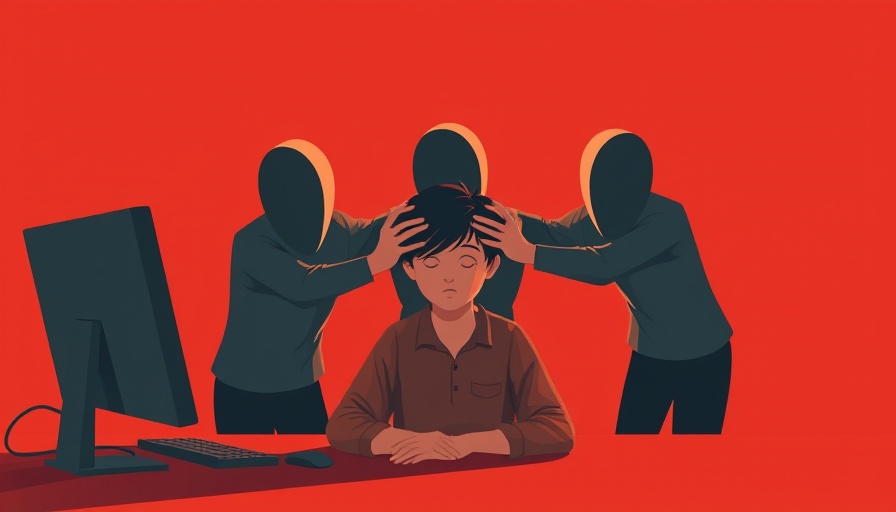
Solbi Spearheads Awareness Against Cyberbullying in Seoul
In a significant effort to combat a growing social issue, singer and artist Kwon Ji-an, known as Solbi, is actively participating in the "STOP! Cyberbullying" exhibition. Scheduled to take place on March 25 and 26 at the National Assembly in Seoul, the event aims to raise awareness and promote healthier online practices. This initiative responds to the alarming rise of cyberbullying, which extends its affective reach beyond celebrities to impact ordinary individuals as well.
The Emotional Cost of Digital Abuse
The exhibition will feature Solbi's personal documentary, Painting Through Pain: Refuge from K-pop Cyberbullying, which recounts her own struggles with anxiety and depression due to relentless online attacks. Winning a silver award at the New York Festivals TV & Film Awards, the documentary is a powerful commentary on the emotional toll of cyberbullying. The reality is that young users are often the targets, and parental awareness is crucial in safeguarding children from experiencing similar trauma.
Transforming Hurt into Art
Solbi's project titled "Apple" serves as a striking artistic response to harmful comments she encountered online, particularly the biting remark, "Can you even draw an apple properly?" Through this project, she reinterprets negativity into powerful visual messages, emphasizing the importance of kindness and constructive communication. This artistic approach not only conveys her message of peace but also invites viewers, especially children and parents, to be mindful of their language and actions online.
Building a Safer Digital Community
The urgency of this exhibition is evident, as cyberbullying has escalated to critical levels. It is pivotal for parents to acknowledge their children's online interactions and provide guidance to foster a positive digital culture. The involvement of various artists in the exhibition enhances the discourse surrounding cyberbullying, creating an opportunity for community reflection. Participants include notable artists such as Kim Won-geun, Kim Jin-woo, and others, each contributing unique perspectives and artistic expressions aimed at visualizing the devastating impact of online harassment.
A Cultural Shift Towards Responsibility
Supported by significant entities in the tech industry including Naver and YouTube, the exhibition underscores a collective responsibility to change perceptions surrounding digital behavior. Guidance from experts emphasizes that children can be educated to enjoy social media responsibly, while also developing emotional resilience to cope with negativity.
How Parents Can Contribute
The fight against cyberbullying requires proactive efforts from parents. Encouraging open dialogue about online experiences, setting screen time limits, and frequently reviewing social media habits can create a safer environment for youngsters. It's essential to approach this topic with sensitivity, empowering children to recognize and respond effectively to harmful online interactions.
Conclusion: Your Role in the Change
As this critical issue unfolds, it is clear that parents play an essential role in the fight against cyberbullying. Attending the "STOP! Cyberbullying" exhibition not only amplifies awareness but also emphasizes the need to engage in community solutions. By encouraging awareness of digital interactions and providing the necessary support, we can shape a generation that respects one another in both real and virtual spaces. Let's take action together.
 Add Row
Add Row  Add
Add 




Write A Comment